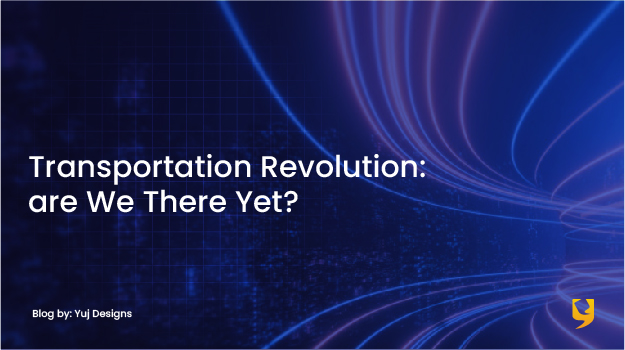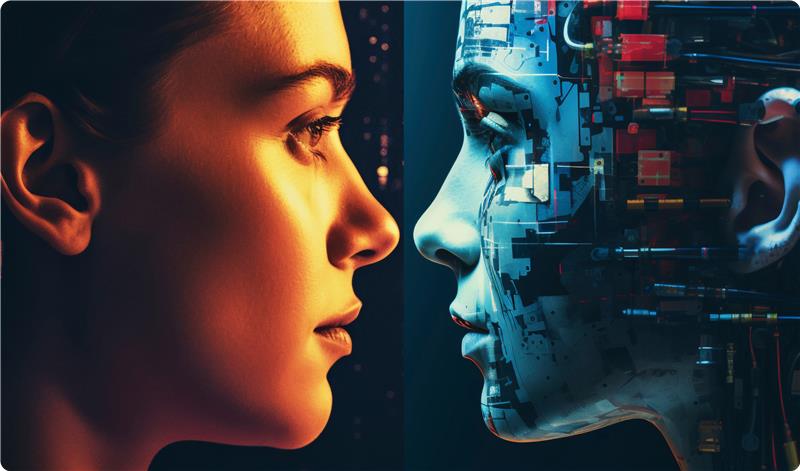
It’s the 21st century. This is the year we read about in predictions, reports and articles where experts made high claims of a future with superior technological advancements, a disruptive automobile industry. There were predictions made – 200+ electric and hybrid models to be launched globally before the next decade. Two-thirds of business leaders confidently claiming we will see driverless cars on UK roads by 2023. We believed sci-fi will become business reality. We dreamt a transportation revolution.
Are we there yet?
The transportation systems all over the globe are going through a period of significant change, but whether it is a revolution or an evolution, remains a point of debate. There is definitely, a positive uproar globally, with governments and administrative bodies being progressive and encouraging the use of alternative fuel vehicles.
At least 13 countries have programs to support zero emission vehicle markets, and more than 20 countries have taken actions to ban or limit the use of internal combustion engines. Each of these policies are an attempt of cleaner air from reduced emissions and one step closer to the dream future.
What to expect?
Transportation is often taken for granted, even though it plays an enormous role in modern day life – whether it is commuting to work, the school or going out to see family and friends. By the year 2030, 50% of the world’s population is going to be living in the urban areas. That is going to put a lot of pressure on the urban transportation infrastructure.
The disruptive trends transforming the automobile industry are gaining momentum. Four major technological trends are converging: in-vehicle connectivity, electrification, car sharing, and autonomous driving. If cities can figure out how to make sense of these elements and make it work, the future of mobility and transportation will have arrived.
In-vehicle connectivity:
A seamless, connected, and intelligent in-vehicle experience is the future. e.g.- real-time analytics and data on traffic conditions can suggest the drivers to reroute avoiding traffic jams. Eventually, vehicle-to-vehicle and vehicle-to-infrastructure communication could be used to reduce accidents and to anticipate traffic congestion. Emergency vehicles can benefit greatly from technologies and facilities like these and probably save lives. Software will definitely play a critical role in optimizing traffic flows and solving future problems of urban infrastructure.
Autonomous Driving:
Disruptive autonomous-driving technologies will transform the concept of mobility. Though this is still a dream in developing countries where the infrastructure and environment are not suitable to be adapted to this advancement.
Connectivity:
Connected customer experiences will become the differentiators in the business world. As vehicles become increasingly connected, data will unlock new benefits and challenges for customers, automakers, high-tech giants, and a broad array of new companies active in the value chain.
Electrification:
Electrified vehicles are nearing a tipping point due to change in consumer attitudes, battery costs, infrastructure and regulatory policies, creating innumerable opportunities for the automotive industry in developing countries alike. Today, EV has drawn a considerable amount of interest amid the rising carbon footprint and the hazards of fuel-based vehicles in India.
The Future trends:
Let’s take a look at the pivotal factors that will weigh in the possibility and sustainability of a transportation revolution in India.
- Consumers. 2020 will be an important year to measure the popularity of followers of EVs as auto-giants like TATA Motors have entered the segment with a bang.
- Technology. It will be interesting to note what transformations technology can bring about when it comes to the connected-customer-experience.
- Infrastructure. In another decade, connected vehicle innovation could radically transform everything from power systems to the use of public space, with rising opportunities of charging stations.
- Market and Competition. Rethinking the business models in a time of technology disruptions, and changing consumer needs. The market conditions in India seem favorable. The competition is still in its nascent phase.
- The Encouraging Hand. Hopefully, 2020 will likely see bold announcements by urban administrative and government bodies to encourage the revolution.
To learn more about the UX Design Industry updates subscribe to the blog.
Amplify your brand presence with the best UX design studio that truly aligns your needs with those of your consumers! Get in touch with us at YUJ Designs, today!






